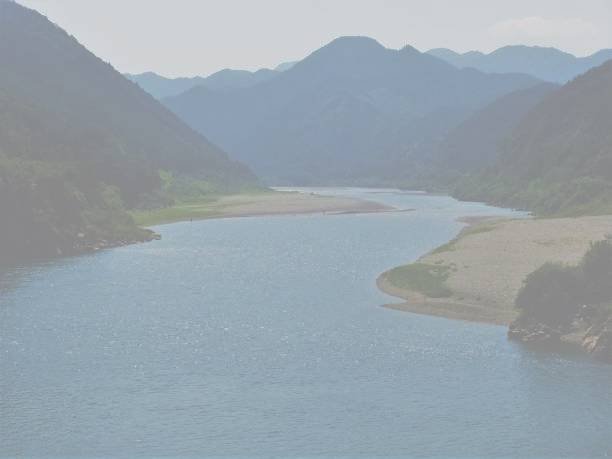
Young People’s Aikido in Shingu, Japan
Notes from a Pilgrimage
< Prev 6. The Kumano Juku Dojo
The Kumano-Juku dojo in Shingu was founded by O-Sensei after World War II, and is one of the most historically significant Aikido dojos. O-Sensei had been developing his concept of Aikido as a means of non-violent conflict resolution for a number of years, but it was in the aftermath of World War II, when much of Japan lay in ruins, that he came to the conclusion that Aikido could only be a Martial Art of Peace.
The practice of martial arts was forbidden under the post-war American occupation of Japan, but O-Sensei obtained special permission from General Douglas MacArthur to found a dojo to teach Aikido, the Art of Peace. He contacted his old friend and close personal student, Michio Hikitsuchi Sensei, to help him. The two had not been in contact since before the war. There is a great YouTube video in which Hikitsuchi Sensei recounts his meeting with O-Sensei:
“I can clearly remember how the tears streamed down my face when I saw him again... O-Sensei said to me, 'Michio-san, build a dojo. It shouldn't be a dojo to teach the old-style budo, where the goal was to train to be able to kill with a single blow. The new dojo should be a place to teach a budo of harmony and love. It has to be a budo that draws the world together, as if one family. From here on, we have to spread Aikido around the world. Work with me to make this happen.' And I said Yes."
Construction of Kumano Juku began in 1949. It was first opened in 1951, and completed in its present form in 1973. Hikitsuchi Sensei said of training in the new dojo, "The techniques were different from what I had learned before the war... The old destructive fighting attitude had been replaced by an emphasis on leading, and harmony."
The above video is an excerpt from a three part series about the history of Aikido titled “The Heart of Aikido”. You can watch the entire series at this link: https://www.youtube.com/watch?v=aIot2QeFIcA&list=PL5FhjKKLuVlzV7nYYxzZYWd0Wy5FyGxIf. Thanks to Urs Keller for sharing this.
